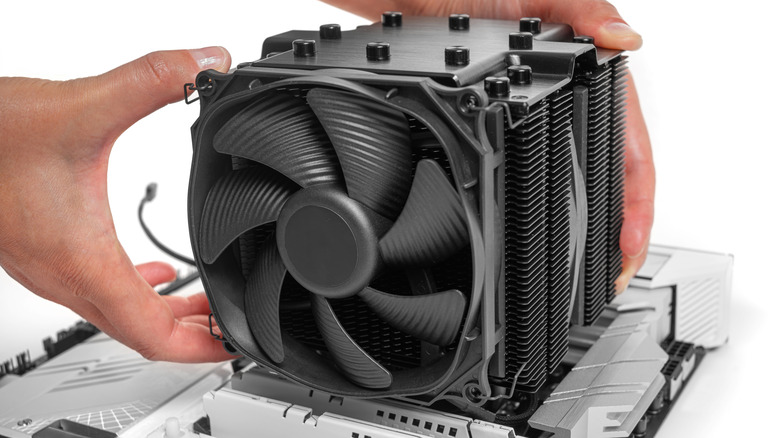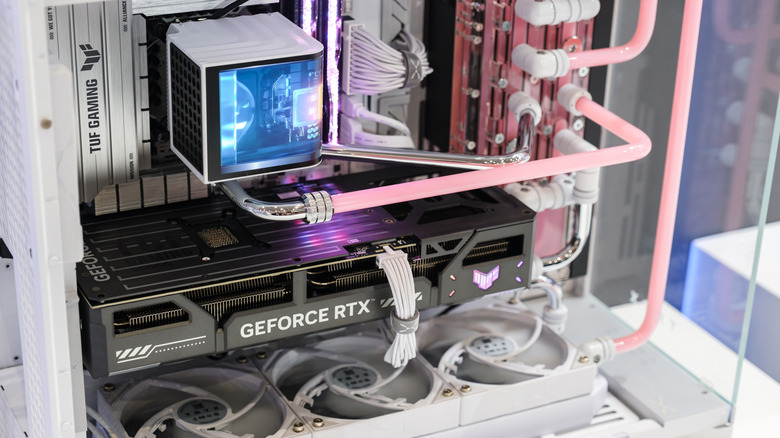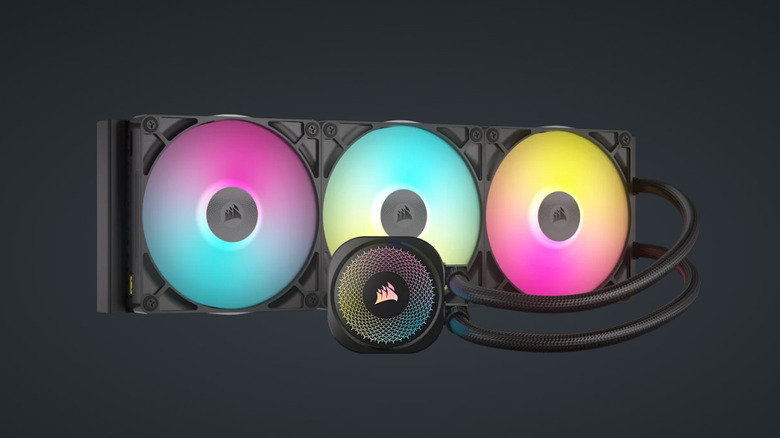Are Used CPU Coolers Worth Buying? Here's What You Should Check First
We may receive a commission on purchases made from links.
There are some PC parts you should avoid buying used, but are CPU coolers one of them? Not necessarily, but given the importance of keeping your CPU cool and your PC safe, it's crucial that you're careful. Just like picking out a brand-new CPU cooler requires a bit of consideration, buying one that's already been used adds a few more things to look out for to an already long list. In this guide, I'll walk you through everything you need to know when buying a secondhand CPU cooler, as well as whether it's even worth it at all.
The main difference will always lie in buying an air cooler versus buying a liquid cooler. Buying the latter is harder for numerous reasons, and it's also more of a risk. While a faulty air cooler can't realistically cause much harm, a water cooler can potentially ruin your entire computer. On the other hand, buying used liquid coolers can save you quite a bit of money, as they tend to cost more than air coolers on average.
With that said, don't write off liquid coolers as a complete "no" when shopping for used components. As a PC builder with 20 years of experience, I've never had an AIO (all-in-one liquid cooler) completely break down on me and flood my PC, so it's not a given that they're no good — but you do need to be careful. Here's what you should look out for.
What to consider when buying a used CPU cooler
Generally speaking, buying a used air cooler isn't difficult. Outside of typical considerations such as size and compatibility with your motherboard, all you need to do is inspect the component for potential damage. Check the baseplate for scratches, oxidation, or dents. If there's any warping, stay away, as the air cooler needs to sit flush with your CPU to achieve proper heat transfer. If you can inspect the cooler while in use, check fan health — if it's loud or click-y, it's likely worn out. Lastly, check the fin stack and the heatpipe for dented, crushed, or clogged fins, and corrosion on the heatpipes.
With liquid coolers, you risk more than poor thermal performance, so you need to make sure to inspect them thoroughly. In the case of a leak, your entire PC could be rendered unusable (which, again, is super uncommon — but you never know with used hardware). The pump is the heart of an AIO cooler, so ask the seller and find out if it works well; ideally, ask to see it in action. Inspect the radiator for bent fins (less of a problem) or coolant leaks (massive problem, don't buy it). If the radiator is stained or corroded, walk away. Check each and every hose for discoloration, swelling, or leaks. It's hard to truly assess whether the coolant has evaporated inside the tubing or not, but you can always ask the seller about it. Realistically, you'll only know for sure once you run the cooler yourself.
In both cases, make sure that the entire mounting equipment, including all screws, comes with the cooler. Buying replacement parts for these is often tricky, adding more of a hassle to something that's supposed to be saving you money.
Are secondhand CPU coolers even worth buying?
Buying a used CPU cooler can be an easy way to give your PC an upgrade without spending a lot of money, but whether it's worth it or not comes down to the model you're interested in. Air coolers are a safe bet — the worst thing that can happen (outside of incompatibility with your system, which still applies when buying new) is that you won't get great thermal performance out of the cooler. If it's a few years old and worked overtime in a gaming PC, it's likely that both the fans and the heatsink have seen better days. Even then, your PC might experience thermal throttling or even shutdowns, but it won't crash completely.
On the other hand, air coolers are generally cheap, outside of high-end models. If you just want a cooler without needing something fancy, buy a new one that's affordable rather than splurging on a premium model that's been used for a few years.
AIO coolers can potentially save you a lot of money when bought used. A 360mm AIO costs between $55 and over $250, so you could get a much better cooler for less money — but at a risk. If you buy a liquid cooling system, make sure to inspect it thoroughly, and if possible, ask for videos of it being used (unless you can see it in person). Cracks in the tubing or anything else of the sort spell really bad news for the future of your PC, so only buy from reputable sellers who won't try to scam you. Keep in mind that buying secondhand also means you might need to replace your AIO sooner than if you were to buy a new cooler.


